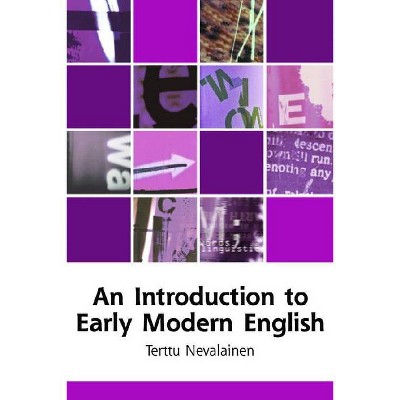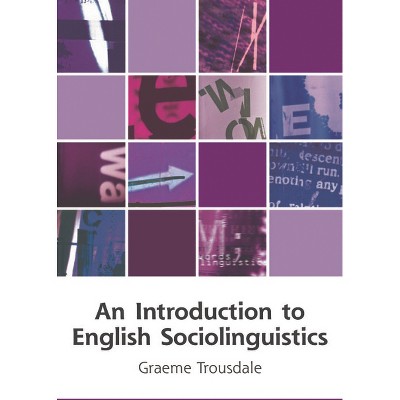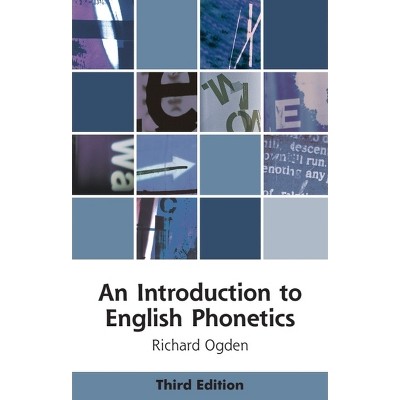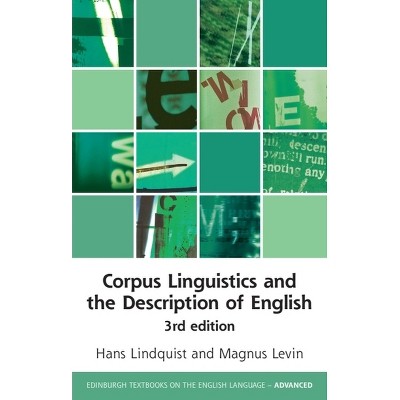Sponsored

Language in the Indian Diaspora - by Rajend Mesthrie & Sonal Kulkarni-Joshi
Pre-order
Sponsored
About this item
Highlights
- Rajend Mesthrie and Sonal Kulkarni-Joshi bring together an international range of scholars to explore the sociolinguistic outcomes of multilingualism and contact involving the Indian diaspora.
- Author(s): Rajend Mesthrie & Sonal Kulkarni-Joshi
- 268 Pages
- Language + Art + Disciplines, Language Arts
Description
About the Book
Examines the role of language in shaping the Indian diaspora experienceBook Synopsis
Rajend Mesthrie and Sonal Kulkarni-Joshi bring together an international range of scholars to explore the sociolinguistic outcomes of multilingualism and contact involving the Indian diaspora. The collection presents twelve rich case studies of Indian diaspora languages in South Asia, East Asia, Africa, Europe, the Caribbean and the USA. It examines different forms of displacement in response to a wide range of historical, social, technological and geopolitical developments: internal displacement and transcontinental migration, colonial and contemporary migrations, urban and rural migrations, migration of skilled and unskilled workers, and migration of major and minor Indian languages.
By comparing the sociolinguistic consequences of migration in diverse contexts, Language in the Indian Diaspora examines the role of language practices in shaping local and global mobile contexts. In doing so, it develops our understanding of the processes of language use and language change in the emerging arena of migration studies.
Review Quotes
A panoramic coverage of life stories, social histories, beliefs, past memories, and speech practices of the 'second' and the 'third' Indian diaspora. The 12 chapters critically engage with a variety of diaspora formations, free or forced, arising out of internal and overseas migration.
--Shobha Satyanath, University of DelhiMesthrie and Kulkarni-Joshi are highly respected scholars in South Asian sociolinguistics. It is a pleasure to see their new production on diversity and diaspora in South Asian languages and the great geographic range of communities covered. The volume makes an excellent contribution to South Asian linguistics and to diaspora studies.
--Hans Heinrich Hock, University of Illinois Urbana-Champaign










